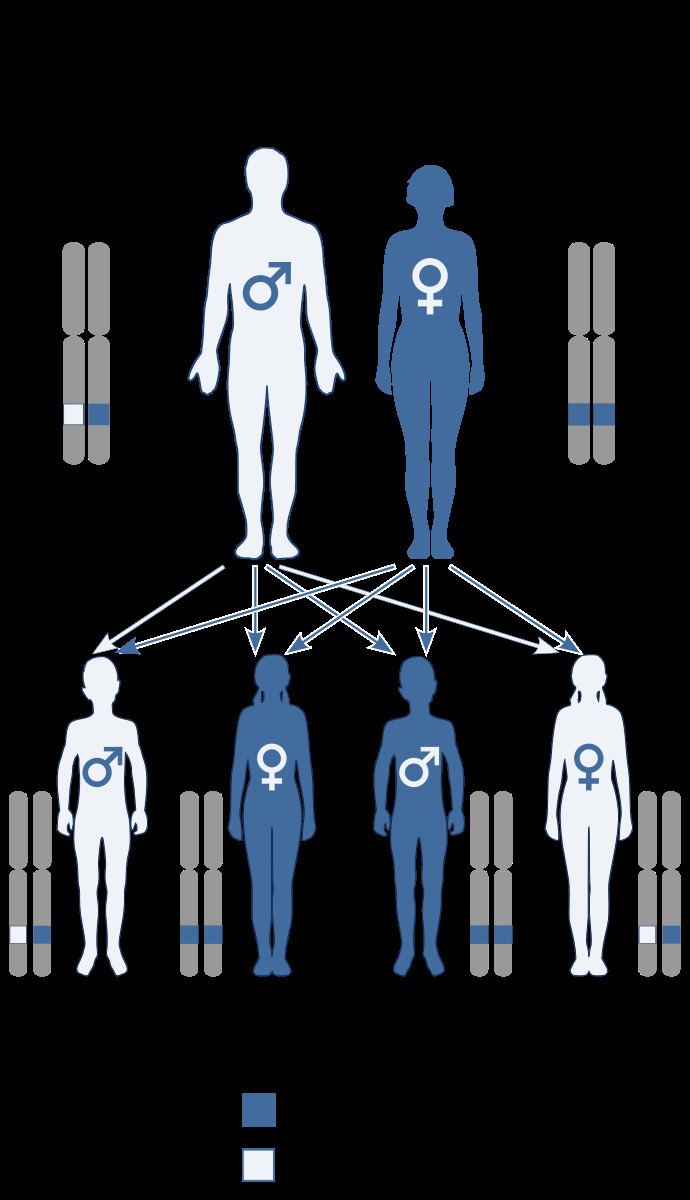Specialty medical genetics OMIM 167210 167200, 167210 eMedicine derm/812 | ICD-9-CM 703.8 757.5 DiseasesDB 32826 | |
 | ||
ICD-10 Q84.5 (ILDS Q84.520), (ILDS Q84.530) | ||
Pachyonychia congenita is an autosomal dominant skin disorder.
Contents
Classification
Pachyonychia congenita may be divided into these types:
Signs and symptoms
Common symptoms include:
Pathophysiology
The condition is caused by genetic mutations in one of four genes that encode keratin proteins specific to the epithelial tissues affected in the two forms of the disorder. PC1 is caused by mutations in keratin 6A (protein name K6A; gene name KRT6A) or keratin 16 (protein K16; gene KRT16). The PC2 form is due to mutations in the genes encoding keratin 6B (protein name K6B; gene name KRT6B) or keratin 17 (protein K17; gene KRT17). Three of the genes causing PC were identified in 1995 with the fourth gene following in 1998.
Inheritance
Pachyonychia congenita follows an autosomal dominant pattern of inheritance, which means the defective gene is located on an autosome, and only one copy of the gene is required to inherit the disorder from a parent who has the disorder. On average, 50% of the offspring of an affected person will inherit the disorder, regardless of gender.
Occasionally, however, a solitary case can emerge in a family with no prior history of the disorder due to the occurrence of a new mutation (often referred to as a sporadic or spontaneous mutation).
